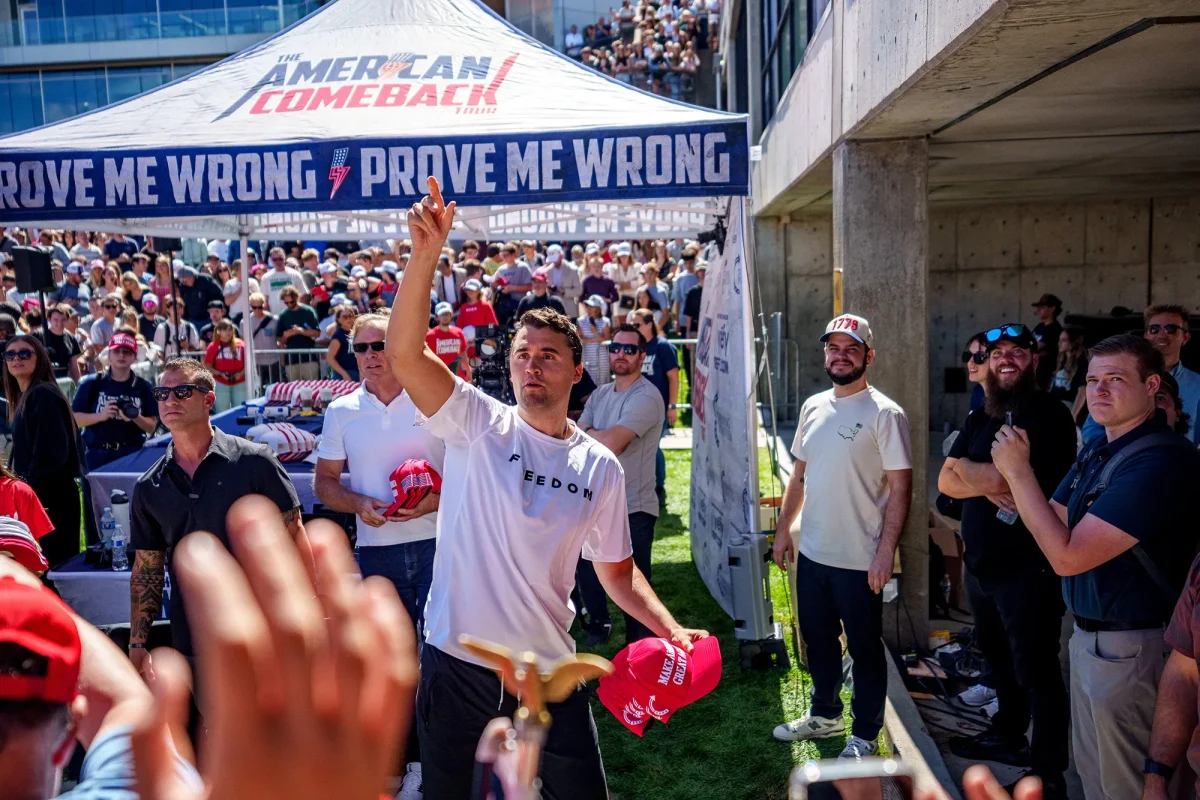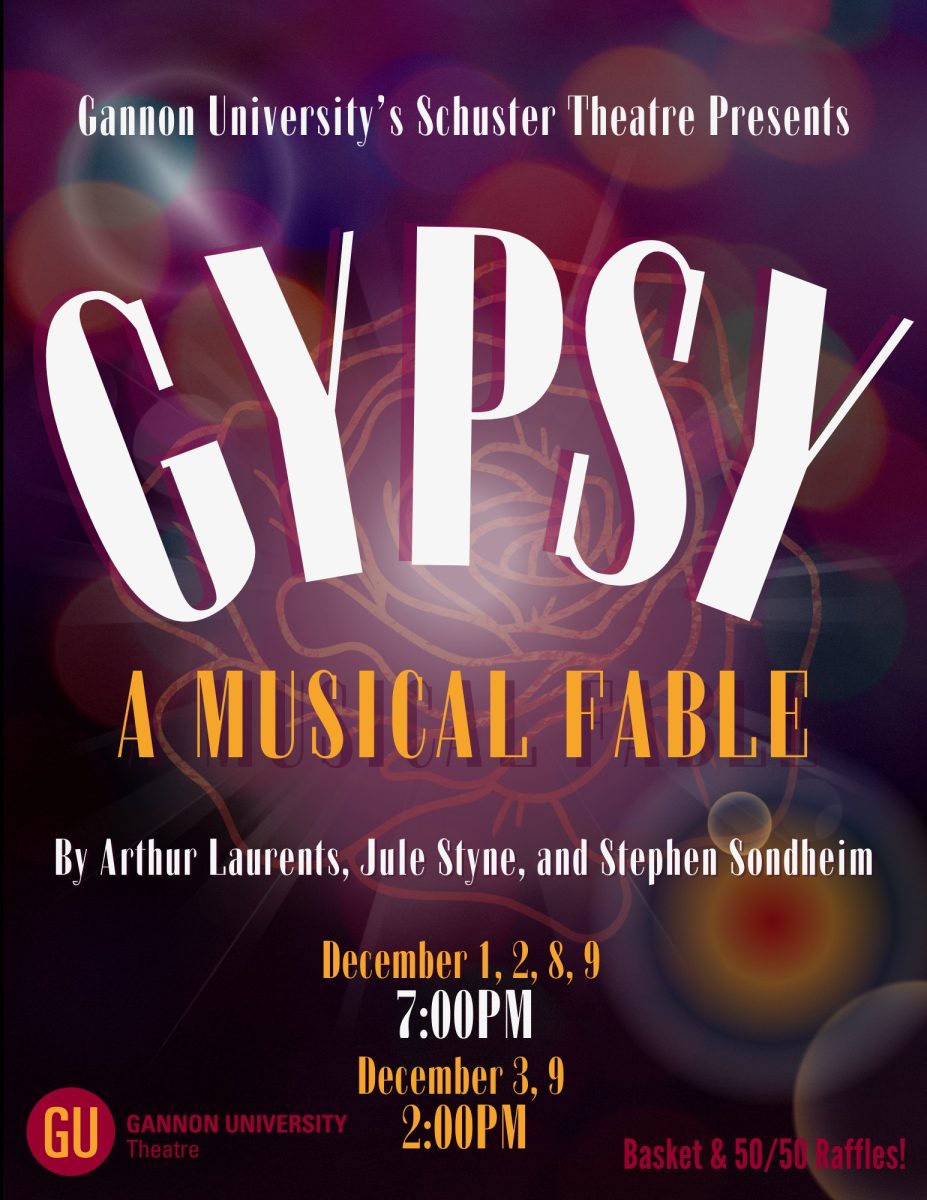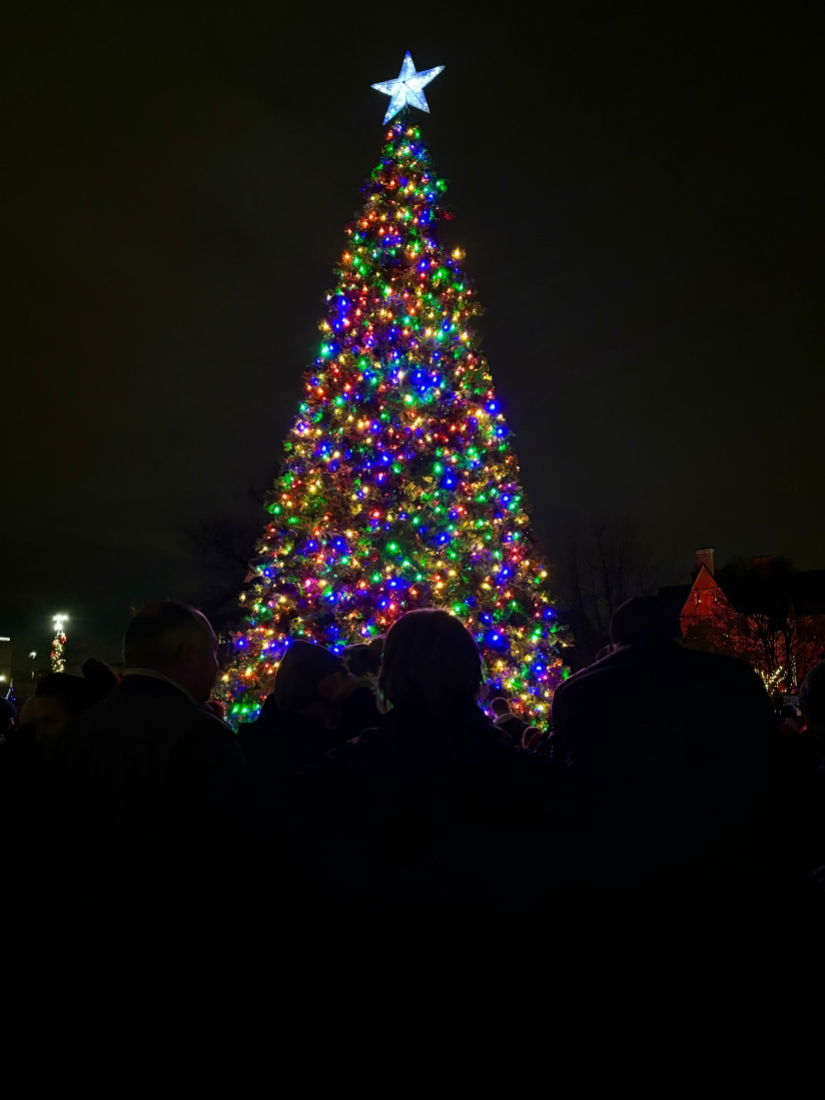Gannon University’s Model United Nations – Model U.N. – program, one of the oldest running conferences in the United States, celebrated its 61st year on campus Friday and Saturday.
This year, Model U.N. had about 480 delegates from 23 high schools in the tri-state area. The attendance increased from last year, Anjali Sahay, Ph.D., Model U.N. 59th moderator, said.
The participants role-play as policemen representing a country of the United Nations, such as the Security Council or the General Assembly.
Participants research a country, take on roles as diplomats, investigate international issues, debate, deliberate, consult and then develop solutions to world problems.
Gannon’s Model U.N. program is an important event that fits well with Gannon’s vision of internationalization of the campus, Sahay said.
“It provides an excellent opportunity for Gannon students to experience international problems through the various topics discussed in the conference through debates and resolutions proposed,” Sahay said.
“The conference teaches students the value of diplomacy, consensus-building and generates debates on solutions to world problems.”
In 2010, Sahay was named the faculty moderator for the Model U.N. program. In 2012, she further organized a chapter to the program by adding a Historical Security Council to the conference.
Model U.N. is meant to teach real life skills, such as leadership and communication, but also the concept of international ideals, Jared Schaaf, Model U.N. secretary general, said.
“I believe the Model U.N. conference gives high school students the opportunity to grow as people and as professional leaders,” Schaaf, a junior theology major, said.
The Rev. Joseph J. Barr, Ph.D., former chairman of Gannon’s political science department, founded Model U.N. The concept of the conference at Gannon was suggested by the International Relations Club – IRC. In March of 1954, the IRC held the first Model U.N. conference for high school students in the Erie area.
Since then, the conference has grown to include thousands of students from high schools in the tri-state area and Canada, Sahay said.
For Barr, Model U.N. had two purposes, Sahay said.
First, Model U.N. should give students the opportunity to learn more about world problems and, in particular, to see the different viewpoints and positions in the United Nations. Second, it should provide experience in organization, leadership and debate as well as bringing together college and high school students to work as a team.
Jennifer Amann, a Gannon student and Model U.N. assistant secretary general, has been involved in the program for three years and also competed at the conference her senior year of high school.
“I could not ask for a better staff of people to work with,” Amann, a junior history and political science double major, said. “It’s a special experience to now work at the conference as opposed to competing as a high school student.”
Since Model U.N.’s inception, 48 college students have served as the secretary general and hundreds more as staff members, Sahay said. Approximately 50,000 high school students have participated as delegates over the years.
Ian Van Dyke, director of the planning and public relations as well as chair of the historical security council, said his planning and public relations responsibility included working in liaison with the Erie Mayor’s Office and trying to publicize the event in the local media.
Van Dyke’s chairperson position’s responsibility at the conference was to facilitate parliamentary debate within the historical security council.
“I think at the minimum of what students take away from the conference is that they’re required to consider perspectives different from their own as Americans,” Van Dyke, a senior history major, said.
“Hopefully, they also got to experience public speaking, debate, proper professional conduct and parliamentary procedure – all of which are skills valuable in any professional discipline.”
COLLEEN LANGHAM





